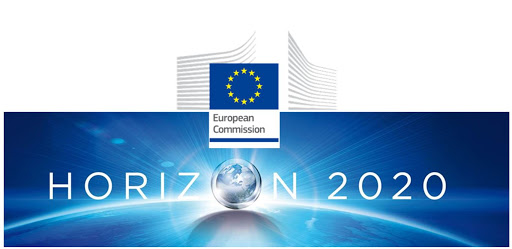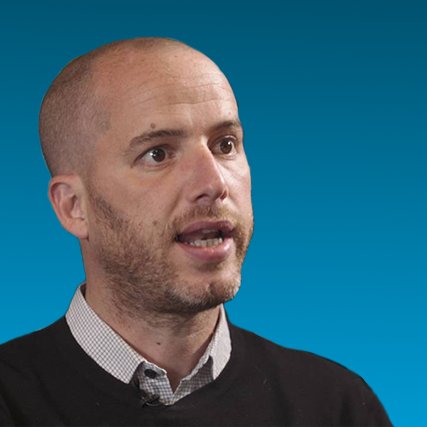Battery-powered AUVs have been used to study the seabed without the requirement of a human operator. Their operational endurance is limited by the available battery charge. Gliders, an AUV subclass, use small changes in their buoyancy to move like a profiling float. By using their wings, gliders can convert the vertical motion to horizontal, propelling themselves forward with very low power consumption. Hence, mission duration can be extended to months and to thousands of kilometers. However, gliders are suited for a particular set of missions involving relatively basic measurements and seabed mapping cannot be performed due to their inherent inability to cruise in a straight line. A surface support vessel is standard practice for launch and recovery of AUVs. The requirement to have a support vessel adds to the overall mission cost. Therefore higher endurance is needed in AUV platforms in order to bring mission costs down and improve the ocean exploration capability.
The ENDURUNS project will deliver a step-change in AUV technology by implementing a novel hybrid design power by hydrogen fuel cell. An Unmanned Surface Vehicle (USV) will support the operation of the AUV, providing geotagging and data transmission capability to and from the Control Centre on shore.
This project has received funding from the European Union’s Horizon 2020 research and innovation programme under grant agreement no 824348


